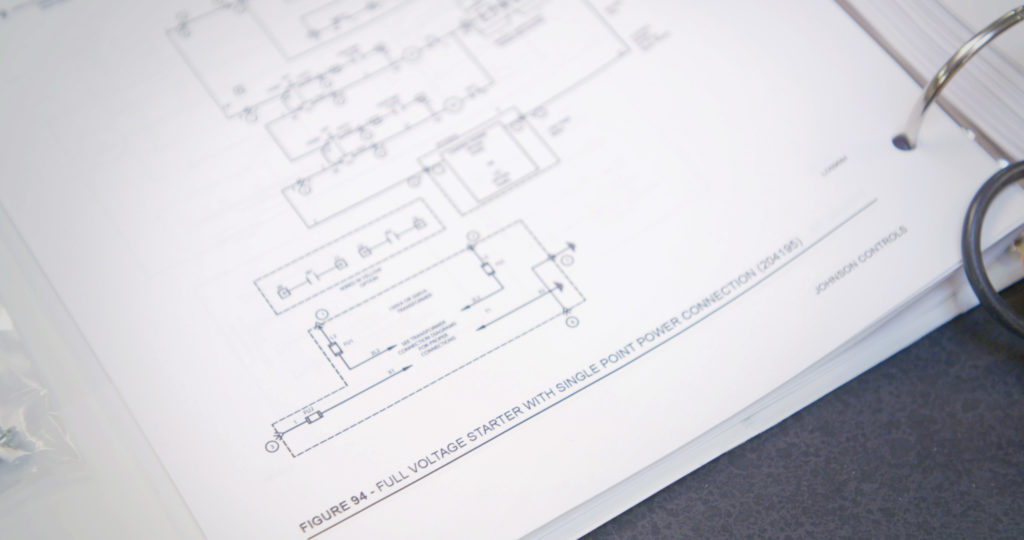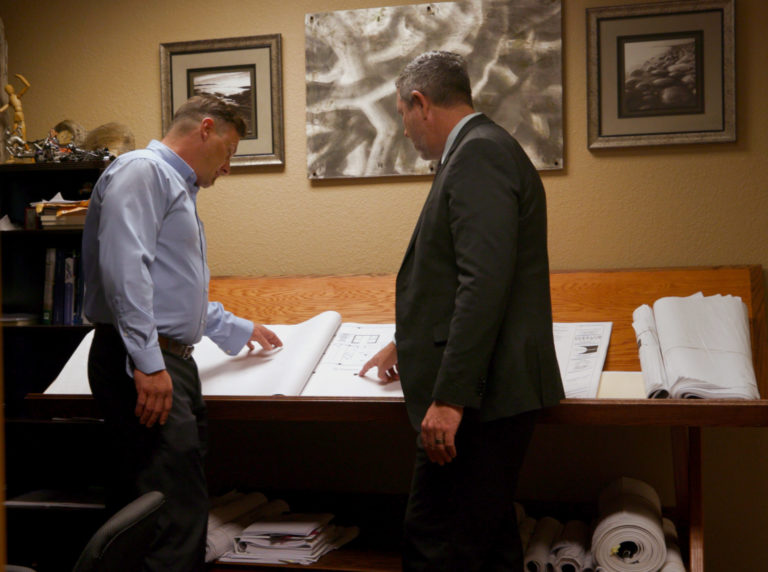Five Ways MEP Engineering Contractors Can Help You Find Sustainable Solutions
The issue of sustainability may be found in just about every company’s vision statement, key pillars, overall mission, or corporate objectives these days. It’s a hot topic in the business world and a major concern for a growing number of consumers.
Although there are many sustainability initiatives already in use – ranging from simple recycling to production overhauls – the way buildings are designed, built, and managed going forward can play a substantial role in carbon emissions, energy usage, and environmental responsibility. Working with an expert MEP contractor can help companies uncover a wide variety of opportunities to meet such sustainability goals.
What is MEP Engineering?
MEP engineering comprises the planning, creation, and managing of the mechanical, electrical, and plumbing systems of a facility. Firms that specialize in MEP engineering handle every stage of the construction process including making decisions, estimating costs, administering construction, documenting work, and managing and maintaining the facility.

Although building tenants often do not realize the importance of MEP systems, they are responsible for making a physical space pleasant in terms of temperature, humidity, ventilation, and air quality. MEP contractors play a big role in ensuring the people living or working in the building are as comfortable and productive as possible.
Today, that role can be combined with finding ways to use energy more efficiently, reduce an organization’s carbon footprint, and be a gentler consumer of the planet’s limited resources – all while still meeting comfort and productivity goals.
Mechanical Engineering
Mechanical engineering involves the design elements of a physical space. The most common application of mechanical engineering when it comes to a building’s design and maintenance is the heating, ventilation, and air conditioning (HVAC) system. The mechanical engineering contribution to the HVAC design allows tenants to be comfortable indoors regardless of outdoor weather conditions. At the same time, finding innovative ways to use artificial intelligence and sensor technology, as well as the physical design of space, windows, and ventilation systems, can help an organization meet sustainability goals.
Electrical Engineering
Electrical engineering is central to all the electrical systems in a building including lights, security systems, computers, and IT solutions. Architectural design can significantly affect the electrical engineering process. Many organizations have adopted motion sensor technologies to control lighting usage in common areas and have explored ways to generate energy through alternative means such as solar collectors. Companies are also working with power companies on new and inventive ways to interact with the grid for the benefit of the power producer, the company, and the surrounding community.
Plumbing Engineering
Another critical but behind-the-scenes aspect of facility management is plumbing engineering. These systems are responsible for providing clean, safe drinking water as well as adequate supplies for cleaning and other necessities. Plumbing systems must also remove and store wastewater safely and efficiently. When it comes to sustainability, the design of plumbing systems can contribute to water conservation as well as pollution control through treatment protocols. Sensor technology can help monitor daily water usage and spot issues before major problems occur.
How MEP Contractors Lead to Sustainability
The benefit of working with MEP contractors is that they bring a special level of expertise in terms of addressing common building issues and opportunities to reach sustainability goals.
For those facilities managers that have larger buildings to manage, energy consumption can be a significant responsibility. Many organizations use battery systems to reduce grid consumption during peak usage periods. These systems also absorb extra energy if demand decreases.
Other examples of energy management options include solar battery systems that can store and absorb extra energy, especially mid-day in a high solar producing area. For manufacturing facilities that utilize chiller plants with ice storage, energy consumption can be reduced by melting ice to cool air when chillers are turned down. In some areas, companies may be able to meter energy usage separately at a lower rate if they consume grid power during off-hours.
Here are five ways that MEP engineering partners can help you streamline resource usage and overhead costs:
- Reduce Energy Waste With Smart HVAC. Artificial intelligence technology has boosted the ability of HVAC systems to make automatic adjustments throughout a building based on activity and expected weather changes to reduce energy waste.
- Improve Air Quality With Efficient Ventilation. Air quality and circulation are important components of health and comfort for building tenants, especially now. However, ventilation systems can also play a big role in recovering heat from equipment and individuals working within the facility to minimize heat loss and conserve energy.
- Regulate Environment Via Sensors and Controls. Motion detecting lighting is common in commercial buildings today, but similar sensor and control technology can play a role in achieving sustainability. Energy monitoring can be efficiently done through sensors, and management can easily control building systems from mobile devices.
- Implement Alternative Options Like Solar Collection. Advanced technology has made solar energy a much more efficient alternative energy option today. Many collectors can work alongside boilers and thermostats to improve the collection of solar energy for just about any facility.
- Increase Performance With High-Efficiency Heat Pumps. Working year-round in an efficient manner, heat pumps offer an excellent ratio between resources required and heat output. Heat pumps are more than four times as efficient as gas pumps for energy production.
MEP Contractors Save You Time and Money
Since energy bills are one of the biggest operating expenses for anyone running a commercial building, finding ways to increase sustainability and energy efficiency is not only better for the environment but economically beneficial for all parties involved.
By working with an MEP contractor, a company is laying a solid foundation for meeting sustainability initiatives. Once operational, the facility management team can utilize building information modeling (BIM) technologies to find opportunities for future improvements that can further boost sustainability on a day-to-day basis. BIM solutions allow MEP engineers to meet sustainability and emissions standards as well as simulate building design before construction begins, saving time, money, and resources while making giant strides toward sustainability.
This technology extends behind the initial building phase, providing ongoing information throughout the lifecycle of the building. By improving communication between parties and sharing logistical details, BIM helps designers find improvement opportunities on an ongoing basis.
MEP engineering, design, and technology such as sustainably focused MEP hardware and BIM solutions mean that MEP contracting companies can make a significant contribution to protecting the environment, reducing energy costs, and contributing to a company’s bottom line.
Kroeschell has been helping organizations with MEP engineering services since 1849. To learn more about how Kroeschell can help you reach sustainability goals while improving the efficiency and performance of your facility, reach out today.


